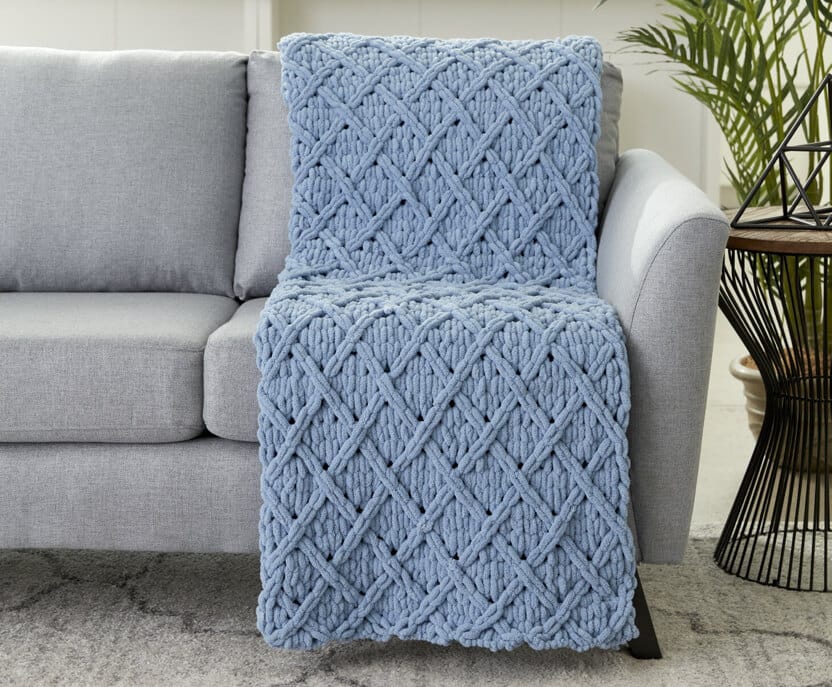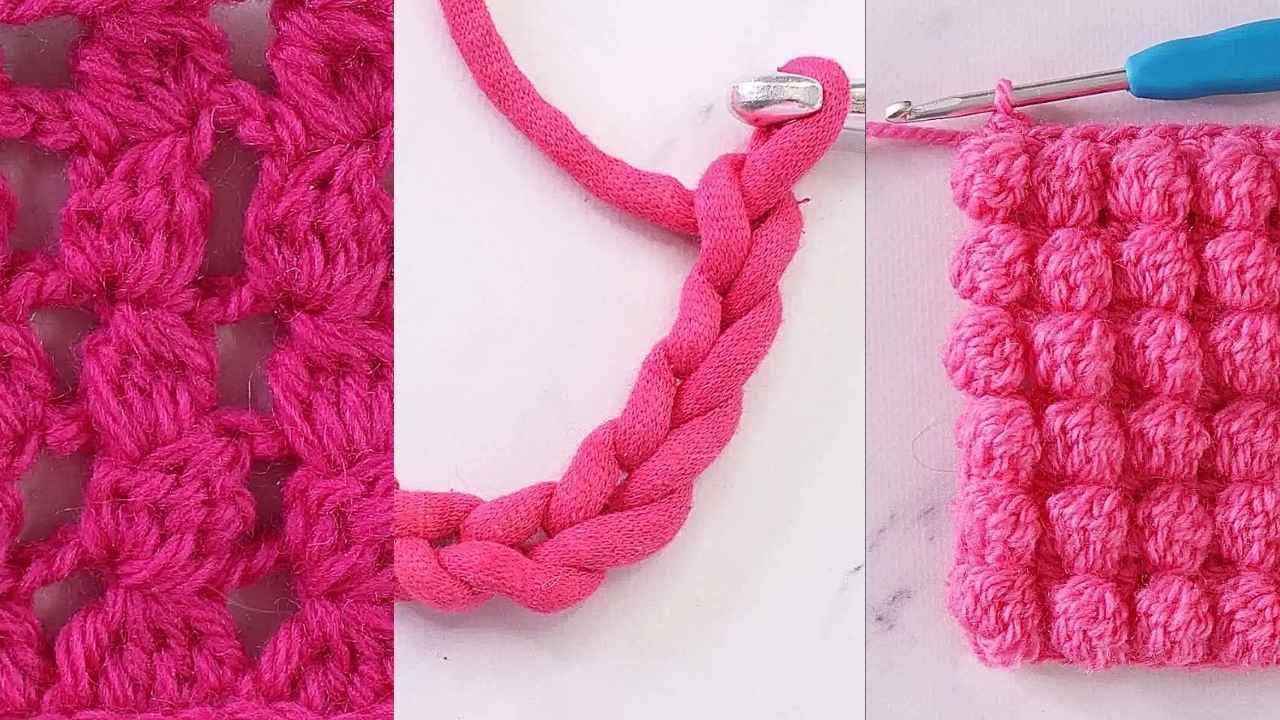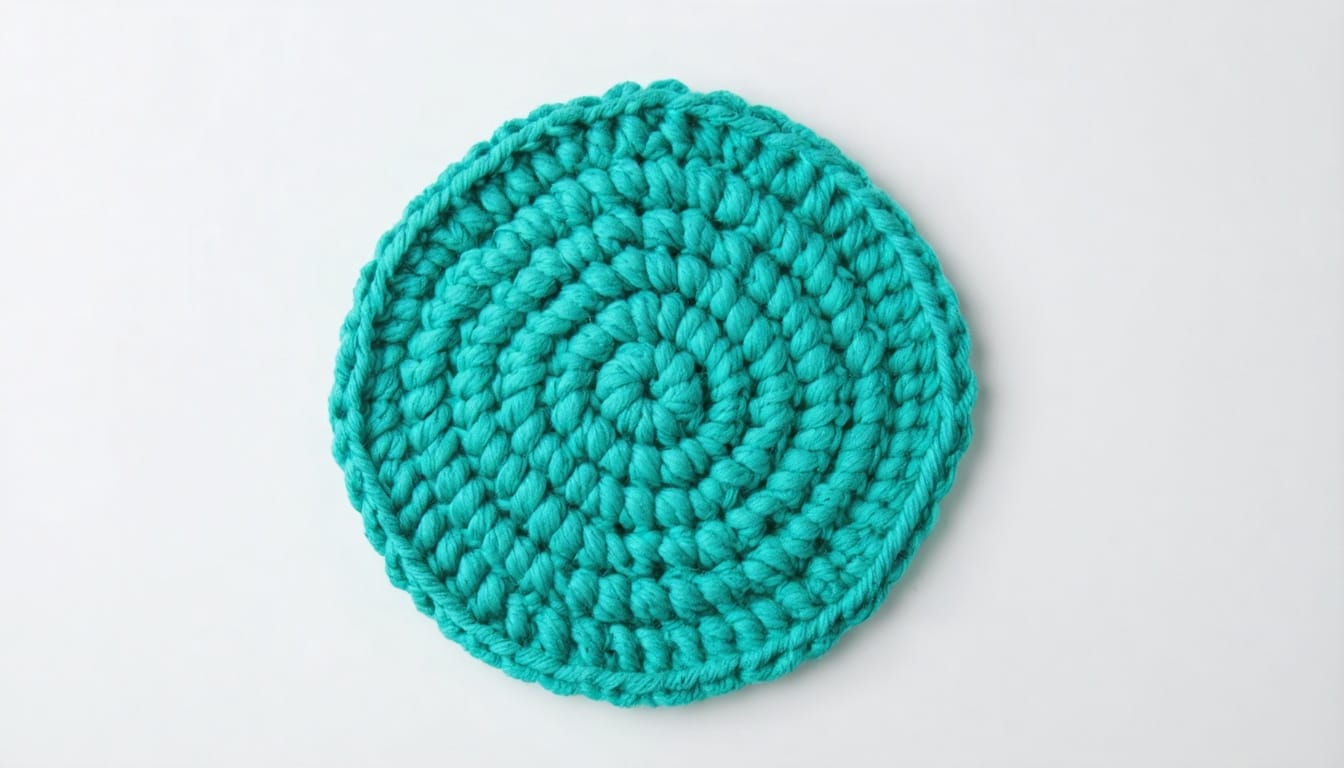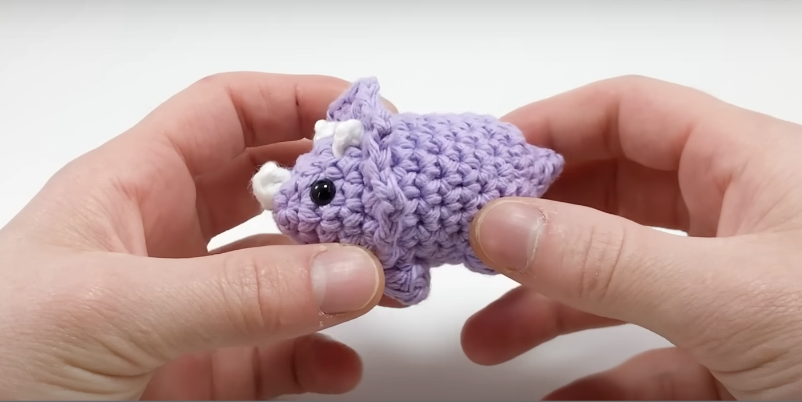21 essential tips For Beginning Crocheters
Crochet is an exciting and creative craft where you can make everything from cozy blankets to stylish accessories and cute little animals (called amigurumi). Whether you’re just starting or looking to improve, these 21 helpful tips will guide you on your crochet journey. Let’s grab your yarn and hook, and dive in!
21 Tips for Beginner Crocheters
Getting Started with Crochet
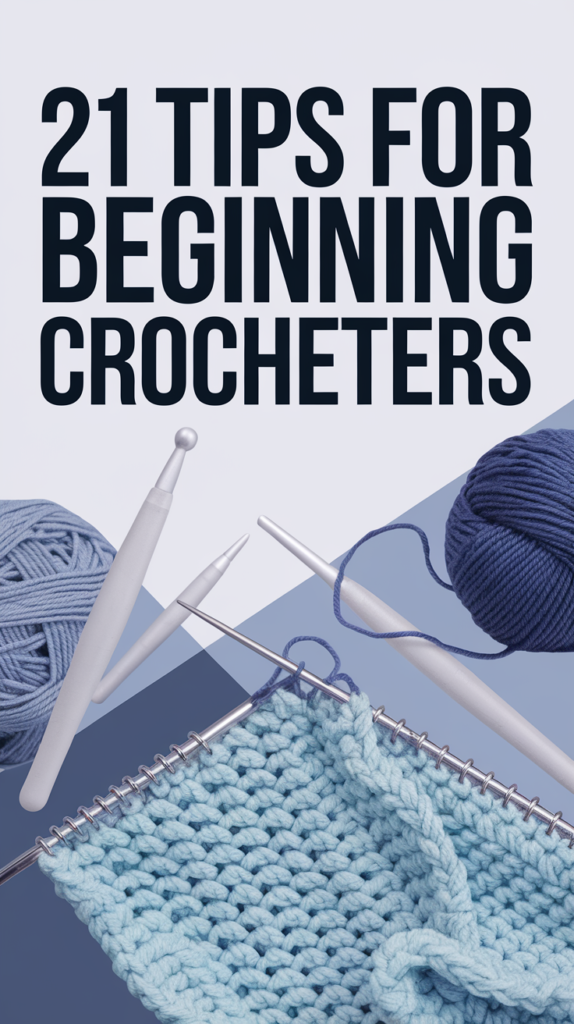
1. Choose the Right Hook
Start with a medium-sized hook (around 5mm or H/8). It’s easy to handle and works well with slightly thicker yarn, making it easier to see your stitches. As you improve, you can try different hook sizes for different effects.
2. Pick the Right Yarn
Choose smooth, light-colored yarn. A smooth texture is easier to work with, and lighter colors help you see your stitches clearly. Avoid textured yarns (like mohair) at first, as they can be tricky to manage.
3. Learn How to Hold Your Hook
You can hold your hook in two ways: like a pencil or like a knife. Both are fine—just choose the one that feels most comfortable for you.
4. Practice Your Tension
Consistent tension is important for even stitches. If your tension is too tight or too loose, your work will look uneven. Practice keeping your stitches even, especially on your first few projects.
5. Start with Easy Projects
Don’t jump straight into big projects! Start small with things like dishcloths, scarves, or coasters. These quick projects will build your confidence and help you master the basics.
Mastering Basic Crochet Skills
6. Perfect the Chain Stitch
The chain stitch is the foundation for many crochet projects. Practice making even chains, as they form the base for everything else.
7. Learn Basic Stitches
Get comfortable with the basic stitches: single crochet (sc), double crochet (dc), and treble crochet (tr). These are the building blocks for most crochet patterns.
8. Count Your Stitches
Counting your stitches regularly is key to avoiding mistakes like increasing or decreasing stitches unexpectedly. It will help you keep your work neat and even.
9. Use Stitch Markers
Stitch markers are small tools that help you keep track of important spots in your work, like the beginning of a round. They’re super helpful for bigger or more complicated projects.
10. Master Turning Chains
Turning chains help keep your work straight and neat. Each stitch has its own turning chain, so learning this will keep your projects from becoming uneven.
Understanding Crochet Patterns
11. Learn Crochet Abbreviations Crochet patterns use a lot of abbreviations (like sc for single crochet). Take the time to learn these, as it will make reading patterns much easier.
12. Start with Written Patterns Written patterns are simpler to follow at first. Once you’re more confident, you can try charted patterns, which are more visual.
13. Use Online Resources There are tons of crochet tutorials online. YouTube has many great videos, and Crochet-Alongs (CALs) are a fun way to learn with others.
14. Join a Crochet Community Find other crocheters online or in person. Sharing your progress, asking questions, and getting support from fellow crafters will keep you motivated and help you improve.
Troubleshooting and Improving
15. Learn to Fix Mistakes
Don’t be discouraged if you make mistakes! Learning to fix dropped or wrong stitches will save you time and frustration.
16. Block Your Projects
Blocking is a technique that smooths out your work and makes it look polished. It helps even out your stitches and edges, giving your projects a professional finish.
17. Try Different Yarns
Once you’re comfortable with basic yarns, try experimenting with different textures and fibers like cotton, wool, or silk. Each type of yarn behaves differently, and experimenting will help you learn more.
18. Stay Organized
Keep your crochet tools, like hooks, stitch markers, and yarn, organized. This makes your workspace tidier and helps you avoid losing anything.
19. Take Breaks and Stretch
Crocheting for long periods can hurt your hands and wrists. Take regular breaks, stretch your hands, and use ergonomic hooks to reduce strain.
Moving Beyond the Basics
20. Explore New Techniques
Once you’ve mastered the basics, try new techniques like granny squares, amigurumi (little crocheted toys), or Tunisian crochet. These will help you grow your skills and keep things interesting.
21. Challenge Yourself
As you get better, don’t be afraid to try more difficult projects, like intricate lacework or large blankets. Every project will help you learn something new.
Your Crochet Journey Starts Now!
Remember, every expert crocheter was once a beginner, just like you. With patience, practice, and these 21 tips, you’ll soon be creating beautiful, handmade crochet projects. Enjoy the process, keep learning, and let your creativity shine!
Happy crocheting!




